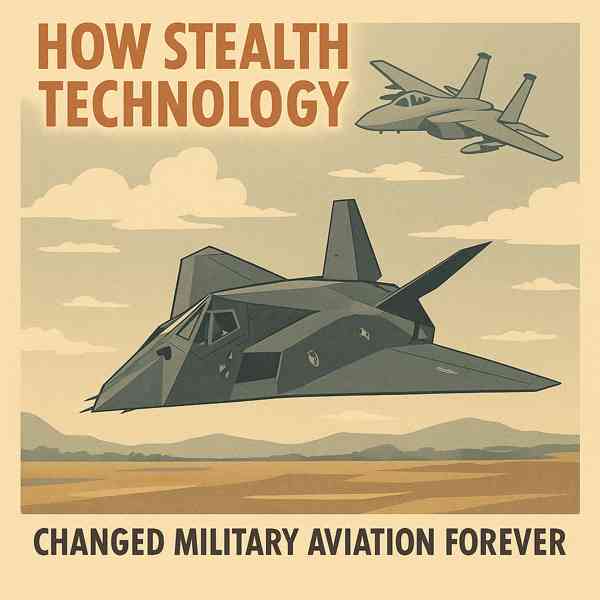Aerospace and Defense Technology: The Future of Security and Innovation
Aerospace and Defense Technology: The Future of Security and Innovation
Blog Article

From stealth aircraft and missile systems to satellites and AI-powered defense networks, aerospace and defense technology is driving modern warfare and exploration.
Understanding the technologies behind aerospace and defense helps you grasp the future of national security.
Understanding the Sector
It includes the integration of aircraft, spacecraft, weapons, defense systems, and surveillance technologies.
Core components include:
- Advanced fighter jets and military aircraft
- Strategic offensive and defensive arms
- Satellites and space systems
- Cybersecurity and AI in defense
Each advancement in this area boosts technological superiority.
Why Tech Drives Military Superiority
These innovations increase the precision and power of military tools.
What tech brings to modern warfare:
- Real-time surveillance and targeting
- Safe and effective mission execution
- Hypersonic weaponry
- Neutralizing digital infrastructure
With each innovation, defense becomes more strategic.
Next-Gen Developments
Breakthroughs in computing, materials science, and AI are driving new capabilities across platforms.
What’s shaping the future:
- AI-driven analytics
- Weapons and aircraft at Mach 5+
- Unbreakable encryption for national secrets
- Space-based missile defense
Staying ahead in defense means staying at the edge of tech-driven warfare.
Challenges in the Aerospace and Defense Tech Sector
Innovation must overcome legal, ethical, financial, and geopolitical hurdles to succeed.
What the industry must navigate:
- High research and development costs
- Short life cycles of advanced systems
- Balancing innovation with compliance
- here Cyber and digital threats
Overcoming these challenges is critical to maintaining superiority.
Where Aerospace and Defense Tech Is Heading
Investment in R&D, global cooperation, and commercial partnerships are driving a new wave of innovation.
Promising areas include:
- Space defense and anti-satellite systems
- Sustainable defense aviation
- Linking air, land, sea, and cyber
- Boosting economies through spin-offs
The future will be shaped by those who adapt first.
Conclusion
Aerospace and defense technology is more than machinery—it’s a tool of leadership.
With new breakthroughs on the horizon, this industry will fuel new eras of exploration and protection.
Report this page